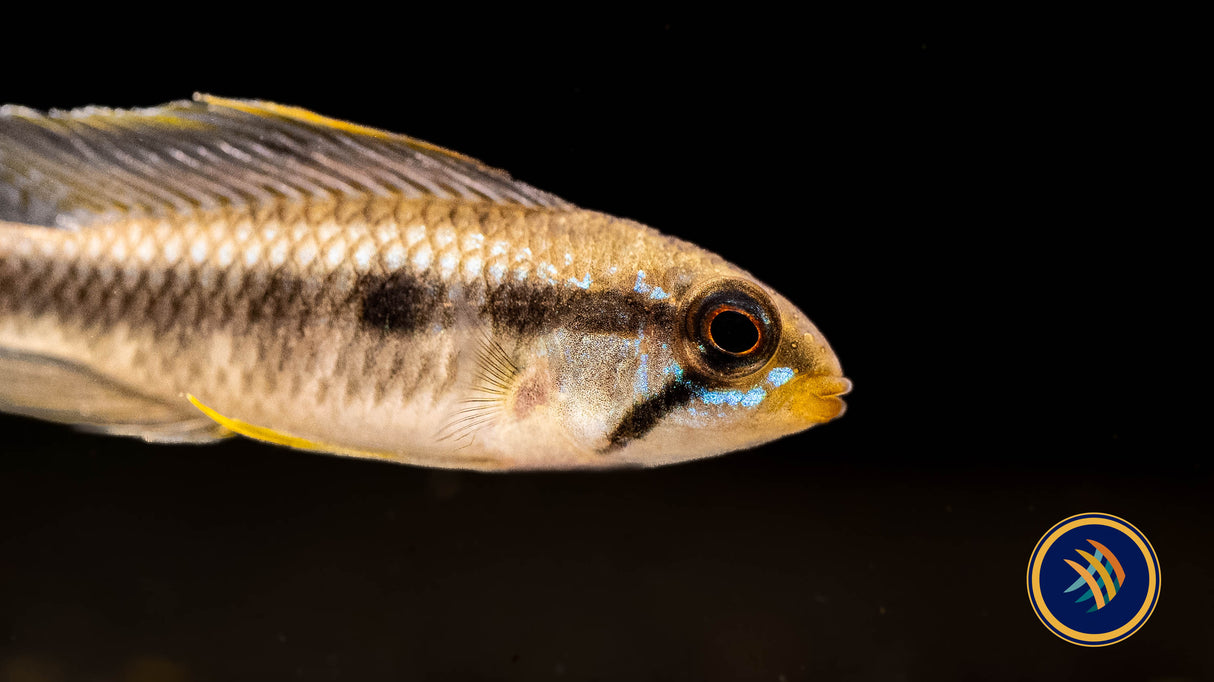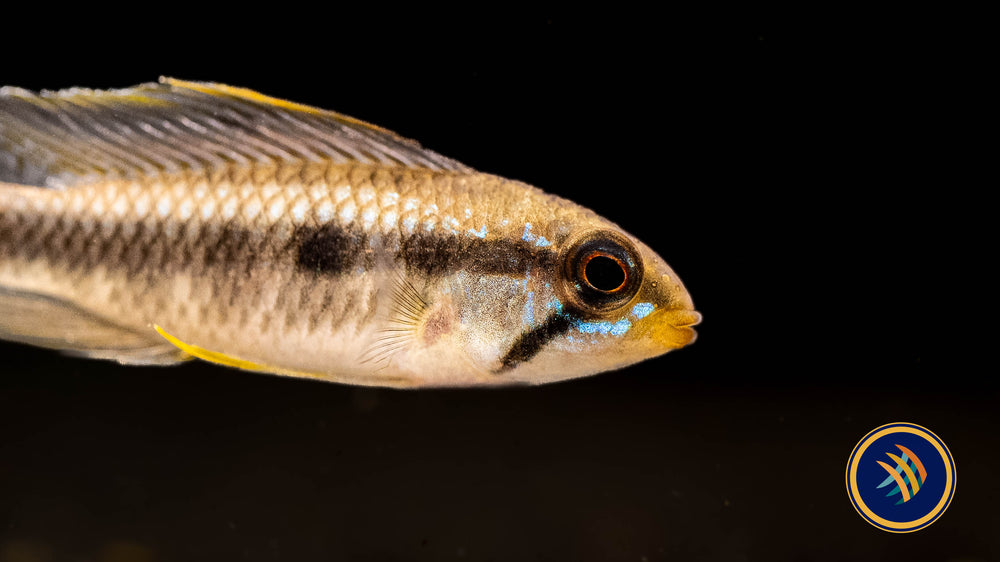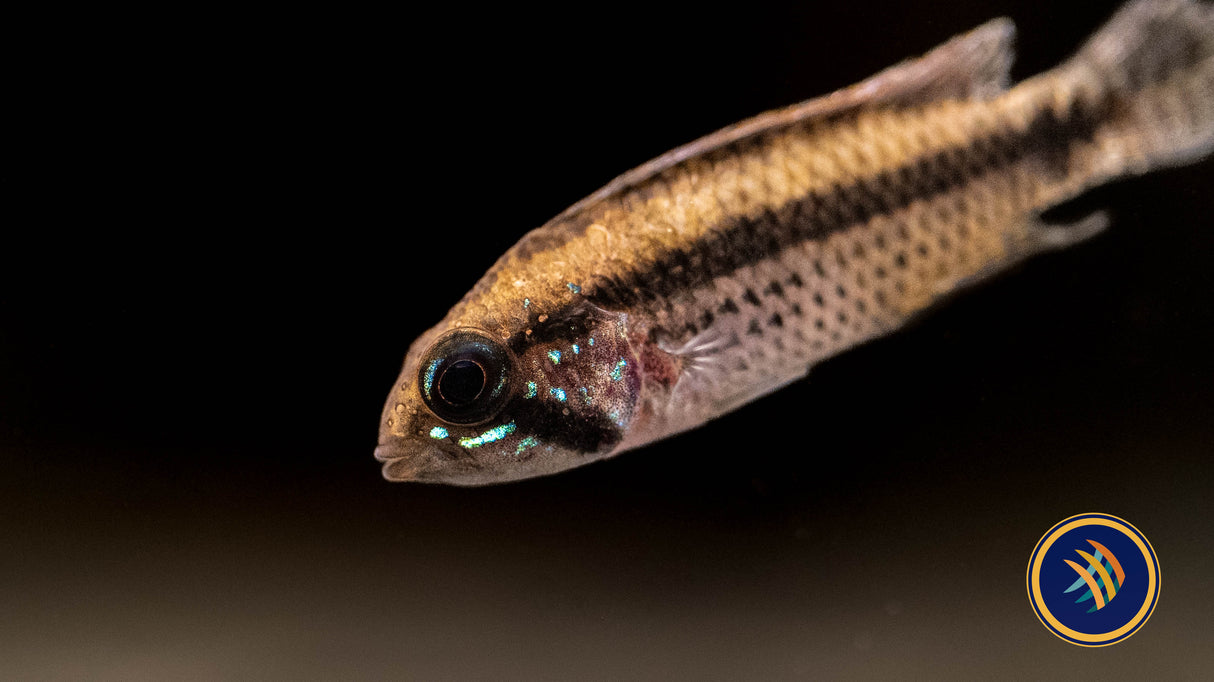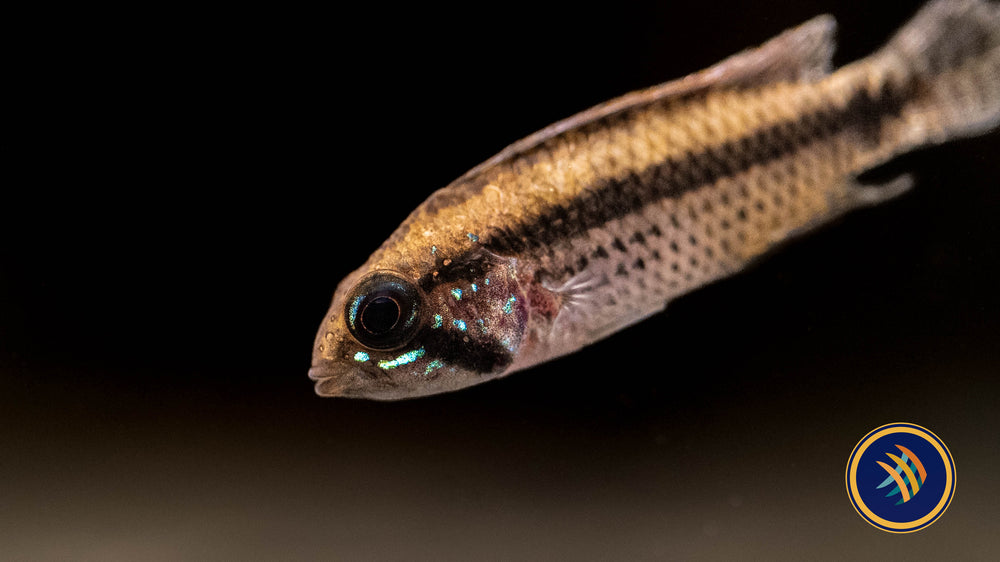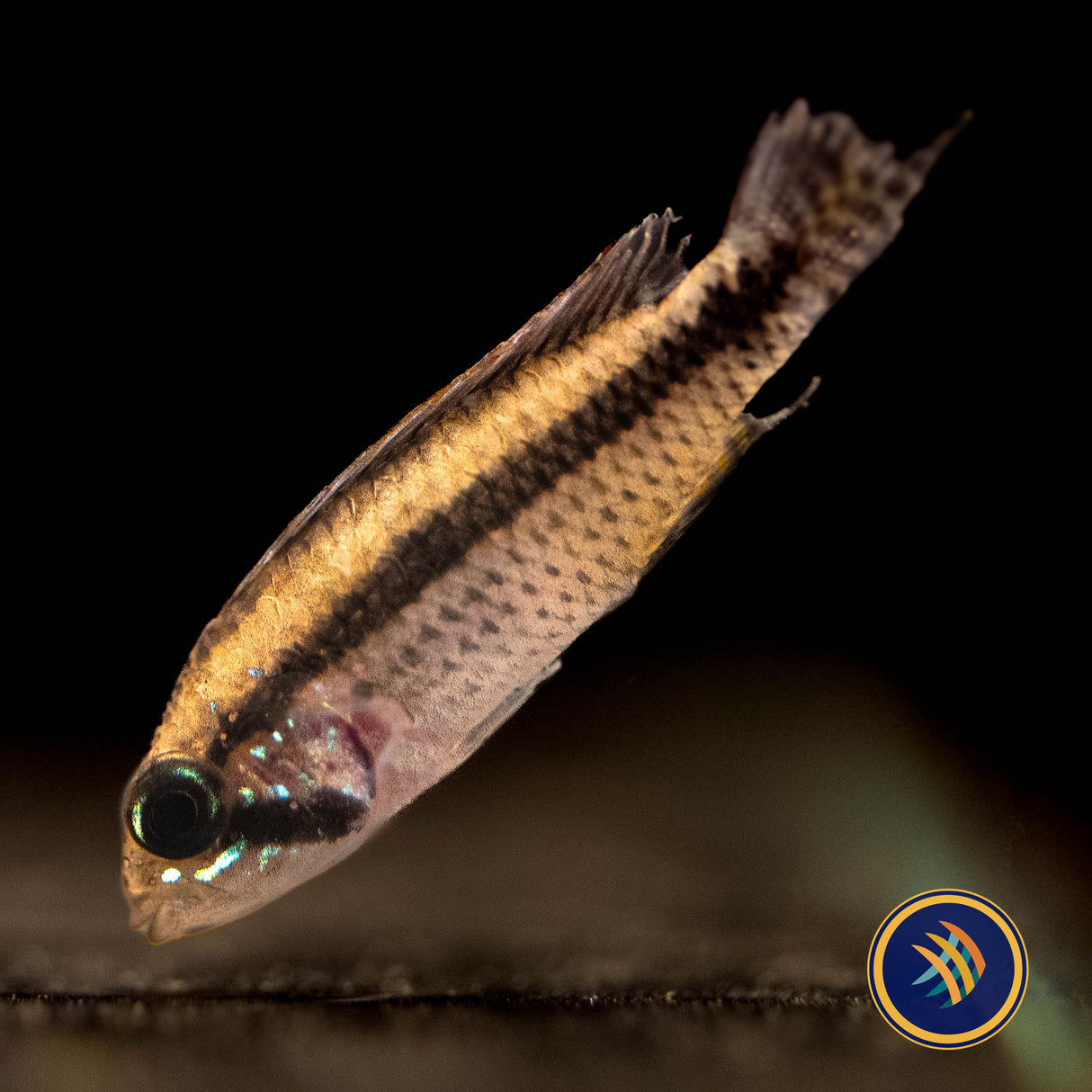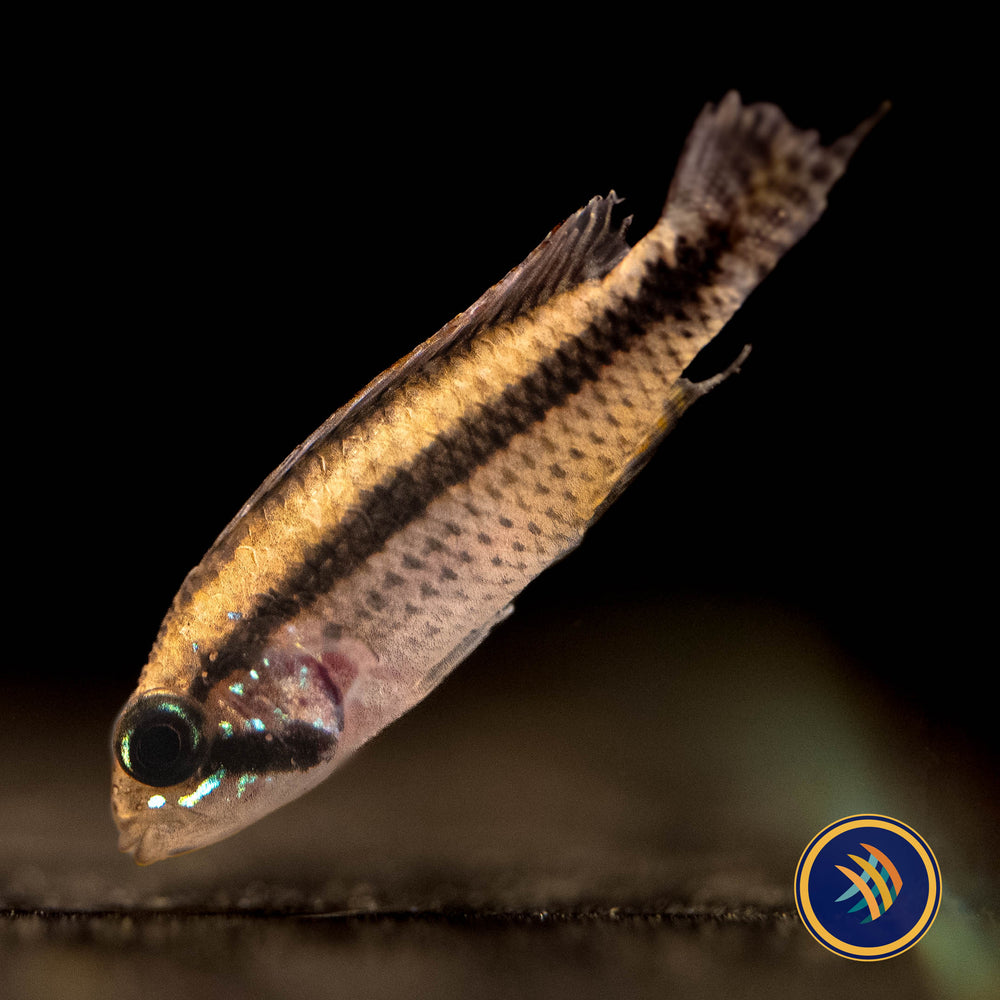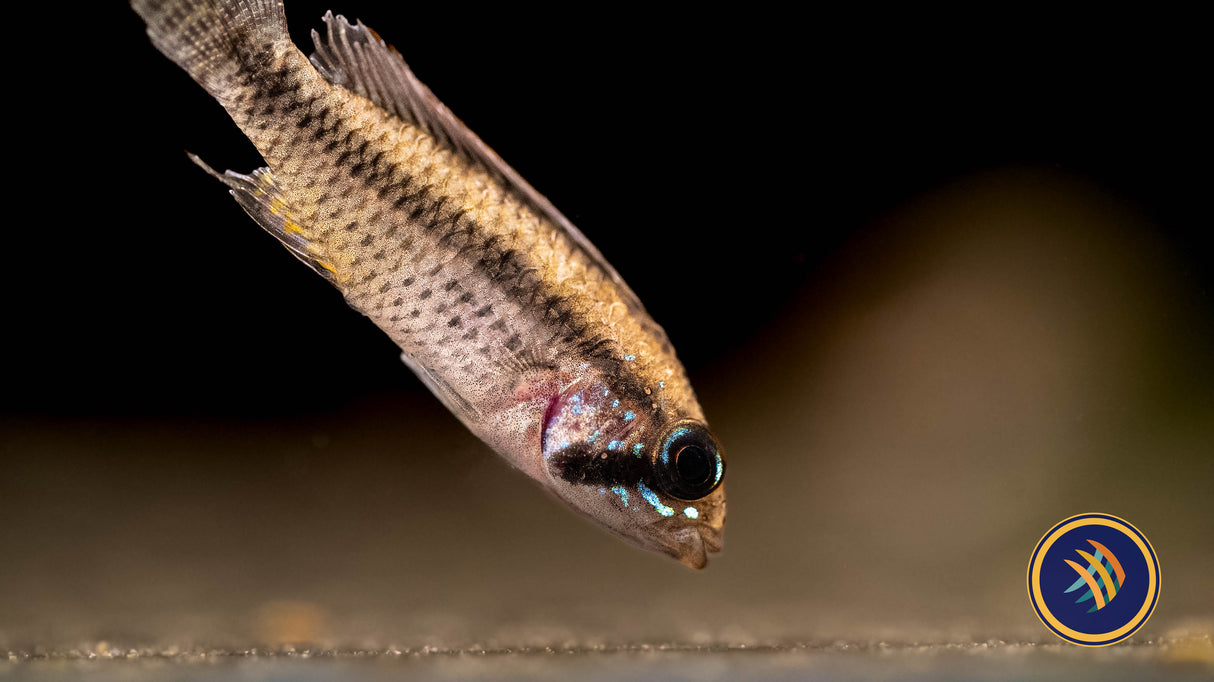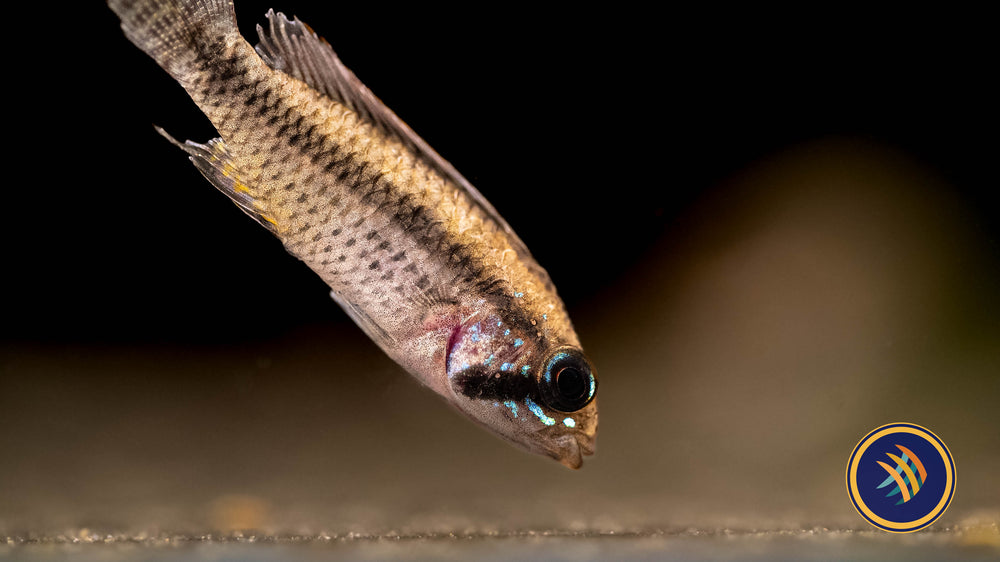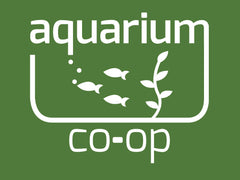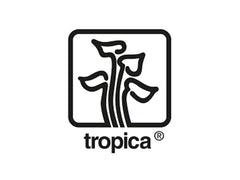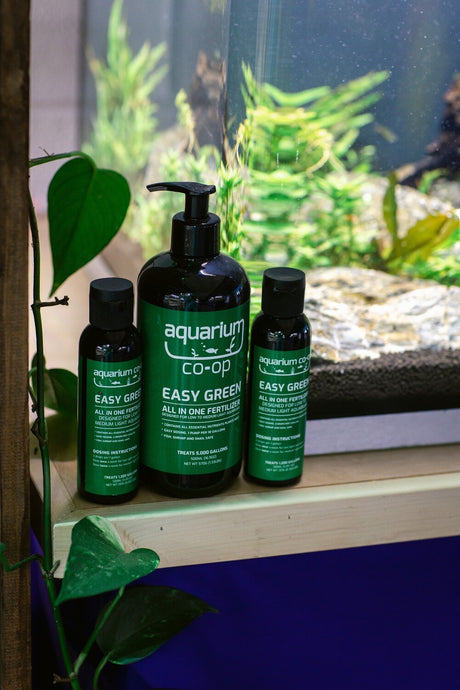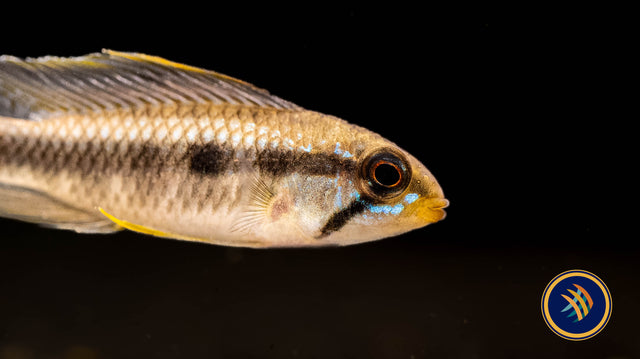Apistogramma Psammophila
Apistogramma Psammophila is backordered and will ship as soon as it is back in stock.
Delivery and Shipping
Delivery and Shipping
Product Refunds & Returns
- Returns can be processed within 14 days from purchase.
- To return products, they must be in original condition
- Shipping expenses are not refundable
- If your items have been damaged in shipping, please contact us within 24 hours of receipt with photos, and we will assist you.
Livestock Refunds, Returns, & Surrenders
- If you are unhappy with your livestock for any reason, you can bring it back within 72 hours for a full refund; we do not pick up returns
Apistogramma Psammophila
Description
Description
Apistogramma psammophila, identified as a new geophagine dwarf cichlid within the Teleostei: Cichlidae family, has been discovered in the Rio Atabapo drainage situated in Colombia (Departamento Guainía) and Venezuela (Estado Amazonas).
- Temperature: Maintain a tropical temperature range of approximately 72-82°F (22-28°C). It's essential to provide a stable and suitable temperature for their well-being.
- Minimum Tank Size: A tank with a minimum size of 20 gallons (75 liters) is a good starting point. Larger tanks can provide more stability and space for natural behaviors.
Feeding Habits: Apistogramma species are omnivores. Offer a varied diet that includes high-quality pellets, flakes, and live or frozen foods such as brine shrimp, daphnia, and small worms. A well-balanced diet promotes health and vibrant coloration.
Habitat Preference: Mimic their natural habitat by providing sandy substrate, hiding spots (caves or plants), and a blackwater setup. Ensure water is clear, very acidic, and extremely soft, resembling their native conditions.
Water pH Level: Apistogramma species often prefer slightly acidic to neutral water conditions. Aim for a pH range of 6.0 to 7.5.
Behavior: Apistogramma cichlids can exhibit complex behaviors. They may establish territories, especially during breeding. Providing hiding spots and maintaining a well-decorated tank can help reduce aggression and stress.
While not schooling fish, Apistogramma species may appreciate the company of their own kind. However, ensure the tank has adequate hiding places to reduce aggression, especially during breeding.
Apistogramma cichlids often explore the lower regions of the tank, especially near the substrate. A sandy substrate is preferable, as it allows for natural digging behaviors.
Color: Apistogramma species, including Apistogramma psammophila, can display vibrant colors, especially during breeding. The coloration can vary, and males may exhibit more intense colors to attract females.
Other Details: This species, denoted as Apistogramma psammophila sp. n., is characterized by distinct features setting it apart from its congeners. Notably, it exhibits two dark horizontal stripes along the body side, two pectoral spots, a suborbital stripe that widens significantly ventrally, and the absence of a caudal spot.
In adult males, the soft dorsal and anal fins each display a lengthy filamentous prolongation, nearly reaching the posterior margin of the caudal fin.
Specifications
Specifications
-
CategoryCichlids
-
Species TypeDwarf Cichlid
-
Water Temperature
-
Minimum Tank Size20 Gallons
-
Water pH LevelAcidic, Neutral
-
Habitat PreferencePlanted Tanks, Rocky Tanks, Hiding Spots, Driftwood
-
BehaviourAggressive, Semi-aggressive
Payment & Security
Payment methods
Your payment information is processed securely. We do not store credit card details nor have access to your credit card information.

